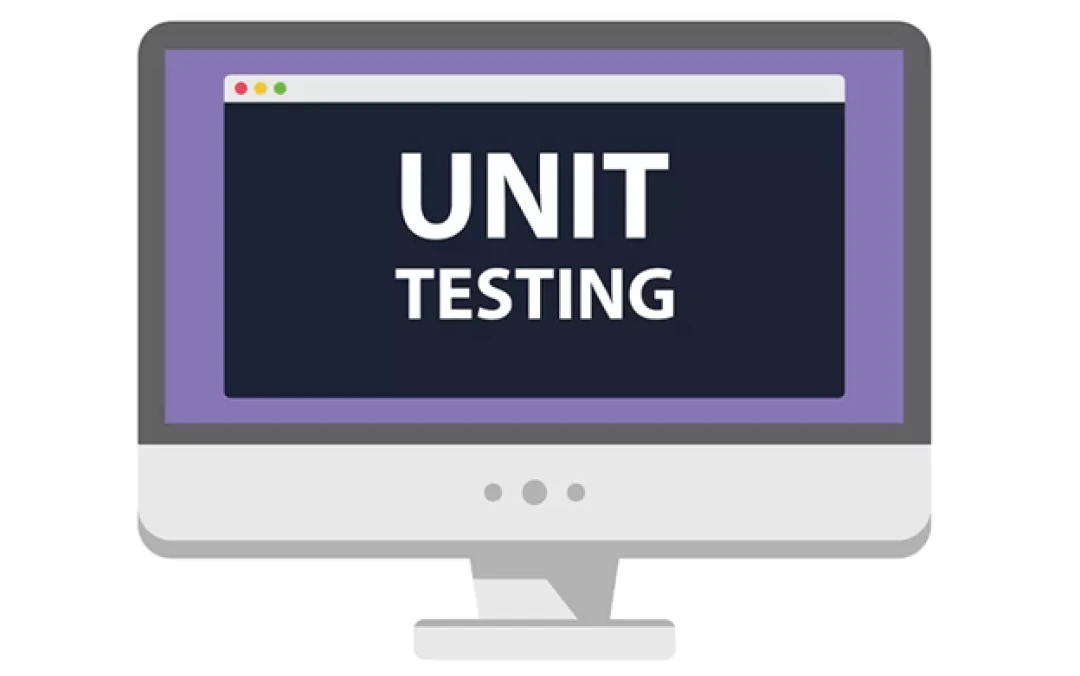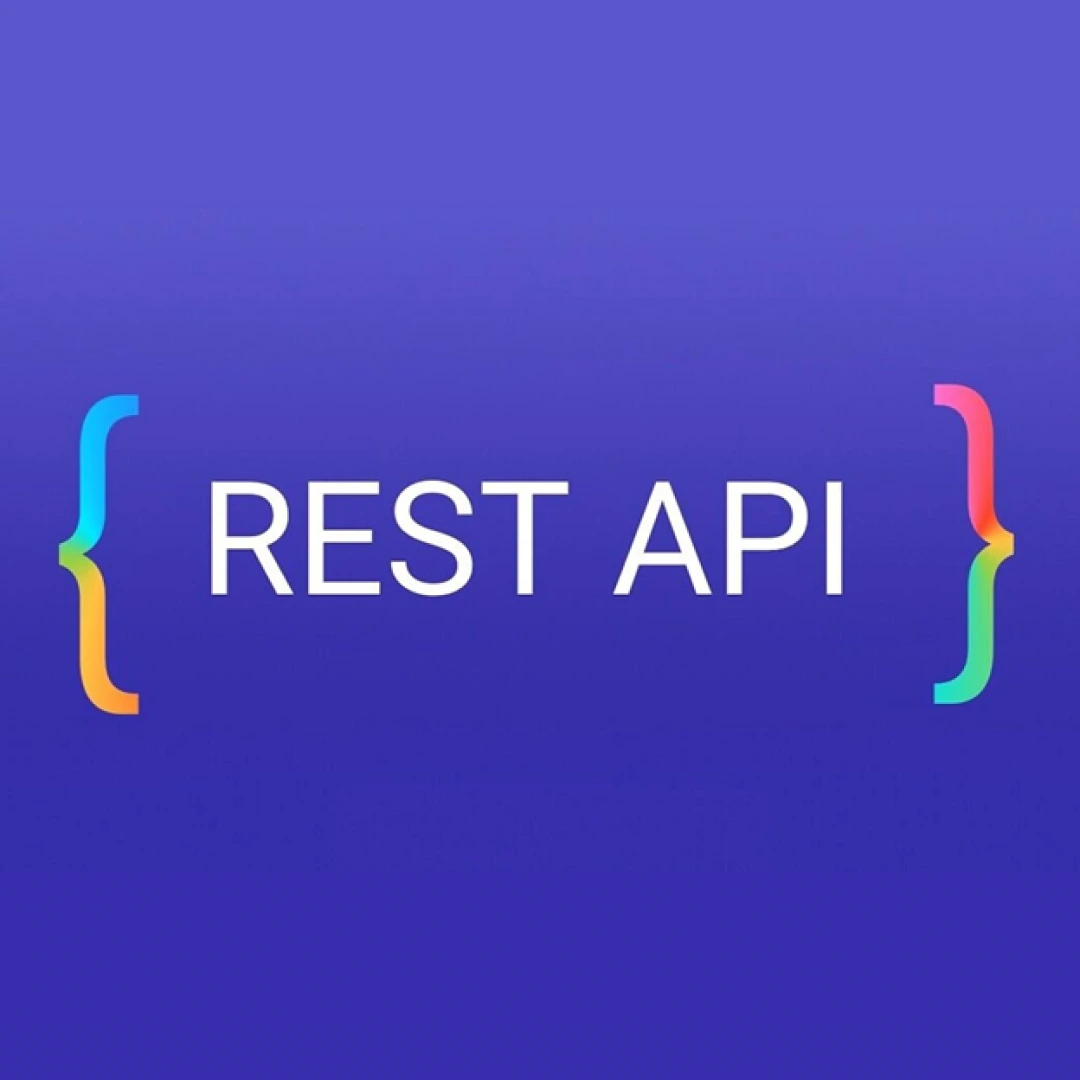Table of Contents
- What is the Cookie Law?
- GDPR Requirements for Cookie Consent Compliance
- The Change in Cookie Consent by the GDPR
- Getting Started with Blue IT Systems
- Conclusion
- Reference Links:
have you ever seen a popup asking if it can use cookies?
These popups are called cookie consent banners. They are required to help users give permission for their data to be used. If you've recently launched a new website, it's very important to create a cookie consent banner for it. Are you wondering how to design a good one?
In this article, we'll guide you step by step on how to create a cookie consent banner. We'll also show you different ways to design your banner.

What is the Cookie Law?
Cookie law, also known as the Privacy Directive 2002/58/EC, was established to implement guidelines for protecting electronic privacy, such as cookie usage and email marketing.
Keep in mind that if you are using cookies, you will have to consider complying with the GDPR. This is because, in the legal jargon, the cookie law is known as “lex specialis”, meaning that it has taken the preference over the GDPR.
GDPR Requirements for Cookie Consent Compliance
The connection of the EU cookie directive and GDPR is the foundation to accomplish cookie consent compliance between the updates to the EU ePrivacy Directive and the integration date for the GDPR. Eventually, the juncture of these two laws offers guidance for websites that are using cookies for the benefit of their own purposes and their visitors. It also talks about how and when consent must be acquired.
The EU Cookie Directive offers the present framework for sites trying to lawfully put and use cookies through the browsers of visitors. It became operative in 2011 and reformed the existing ePrivacy Directive. There were strategies to update the EU’s management of cookies in association with the EU GDPR. However, the changes to the ePrivacy Directive are now anticipated to follow the GDPR’s implementation date. Also, they will be known as ePrivacy Regulation, and there will be a section covering cookie consent.
Though the GDPR doesn’t refer to cookies, it still has updated the EU privacy law for the personal data of identifiable natural persons. With this, the GDPR has extended extra protection to site visitors when the cookies set are used to accumulate and use the personal data that the GDPR is protecting.
Thus, cookies will be regarded as personal data when they authorize the identification of people through their devices. Websites that are using such cookies that meet the threshold of GDPR will have to meet the high standard for collecting and processing data as set by the GDPR. Although operators may have to depend upon some basis to ensure lawful processing, express consent is anticipated to be the primary system to justify the operations
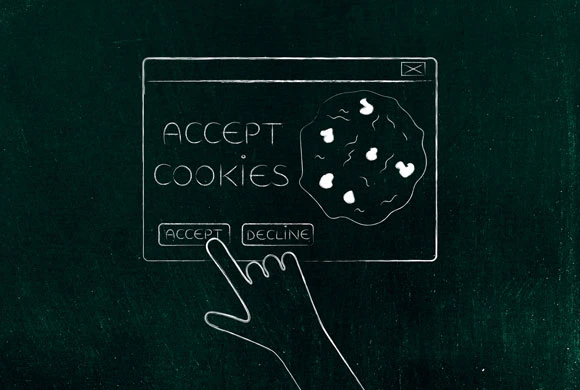
The Change in Cookie Consent by the GDPR
Under the current EU cookie law, most of the site operators have offered clear notice regarding the use of cookies on the site. It could be simply a banner on the landing page or a link to a different page that contains in-depth information
However, for cookies that the GDPR covers, this activity will not be sufficient. At its core, the operators will have to make three significant changes, such as:
Since implied content is not going to be enough, there will have to be an apparent opt-in or affirmative action tired up with the required transparency level to permit the collection and use of data.
Next, assuming the visitors will consent just because they stumbled upon the cookie banner will not be enough either. You will have to create a system to track the visitors’ consent to fulfil the accountability principle of the GDPR. Also, it will help offer the consent audit trail to the government in case there comes an inquiry for a valid justification for data processing.
Withdrawing the consent should be as easy for your visitors as giving it in the first place. If you are asking for consent on a webpage, you will also have to come up with a similarly effortless way to let your customers and visitors withdraw their cookie consent.
Best UI/UX Practices for Cookie Consent Banners
Creating a user-friendly and privacy-focused cookie consent banner is essential for transparency and compliance with privacy laws like GDPR. Here are some top UI/UX practices for cookie consent banners:
Include a close button on your cookie consent banner so visitors can use your website without giving immediate consent. This is particularly useful for first-time visitors who may need more time to decide. It's important to note that simply closing the banner does not imply consent. Explicit consent, which is informed and clear, is required for using cookies.
Ensure users understand that closing the banner does not equal agreement. Explicit consent, which is clear and informed, is legally required for using cookies.
Let your website visitors select the types of cookies they want to accept. Organize cookies into categories like advertising, analytics, and functional, and explain the purpose of each category. This approach gives users more control over their personal information by allowing them to decide which cookies they're comfortable with.
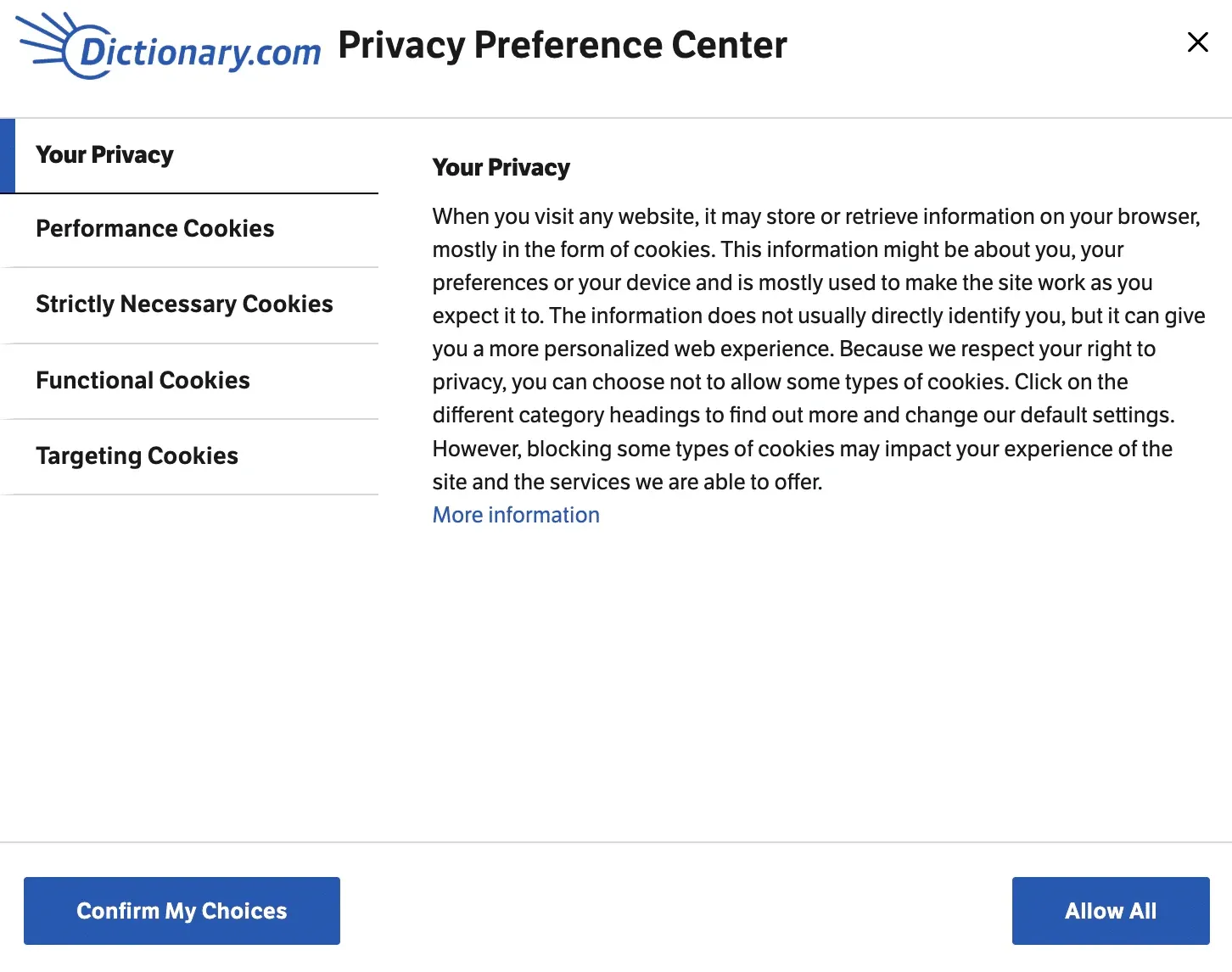
The banner should be visually noticeable on your website or difficult to ignore. You can place the banner in the header section at the bottom of the page or at the center of the page as a popup. It’s a good idea to have the banner stay on the screen as people scroll, covering part or all of the content until they agree.
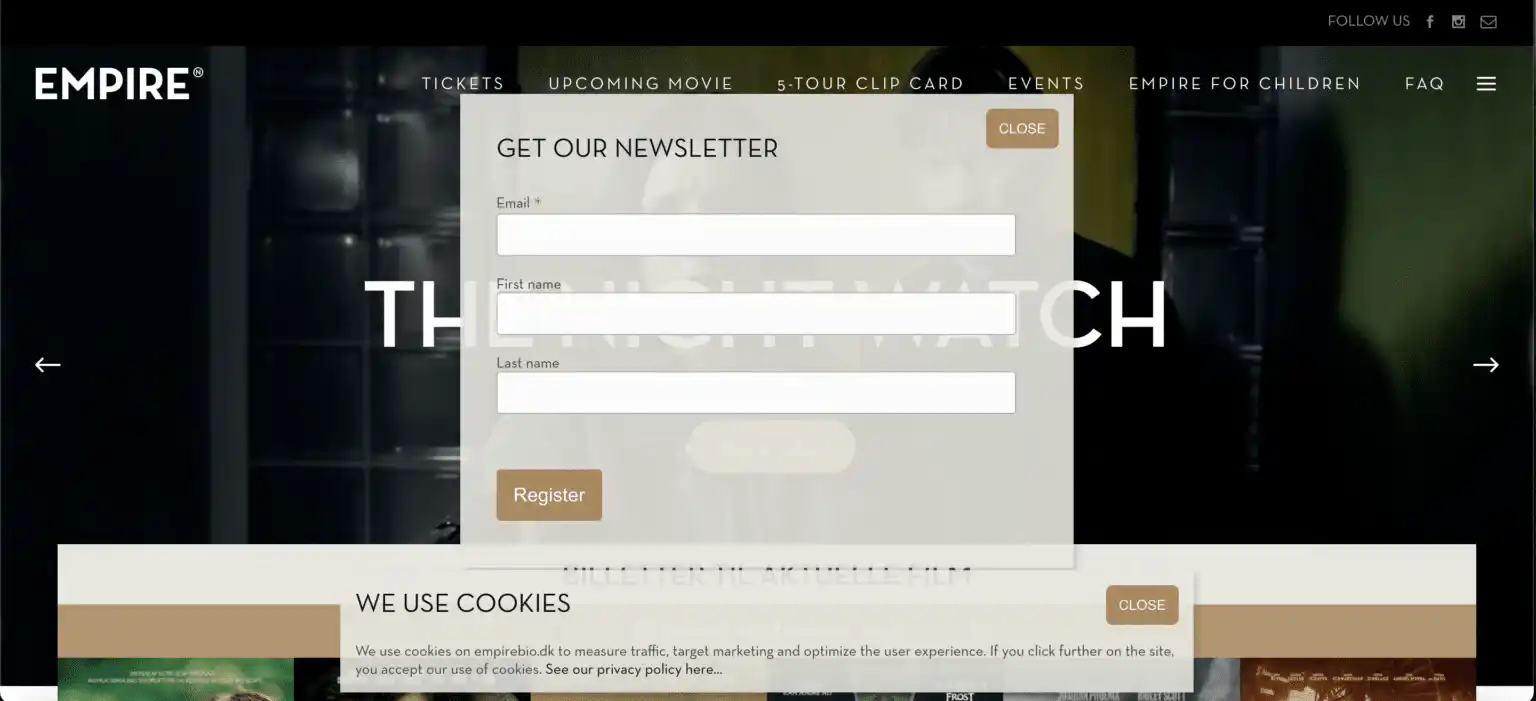
Here is an example of a poor display of a cookie consent banner. The banner is not noticeable because of the newsletter subscription form and the color theme used on the banner. Also, it does not ask for users’ consent to use cookies. Instead, they are creating a cognitive load to confuse the user and make them feel compelled to close the banner, inadvertently giving implicit consent.
The message in the banner should inform users about the use of cookies and make them easily understand what controls they have, how to take action to accept or reject cookies, and more. Instead of explaining everything, you could provide a link to the cookie policy or privacy policy in the banner content and keep the message short.
Avoid using complicated words or technical terms. It’s also crucial to translate the message into the language your site visitors prefer. Not everyone understands English, so it’s better to offer a proper translation in the banner message.
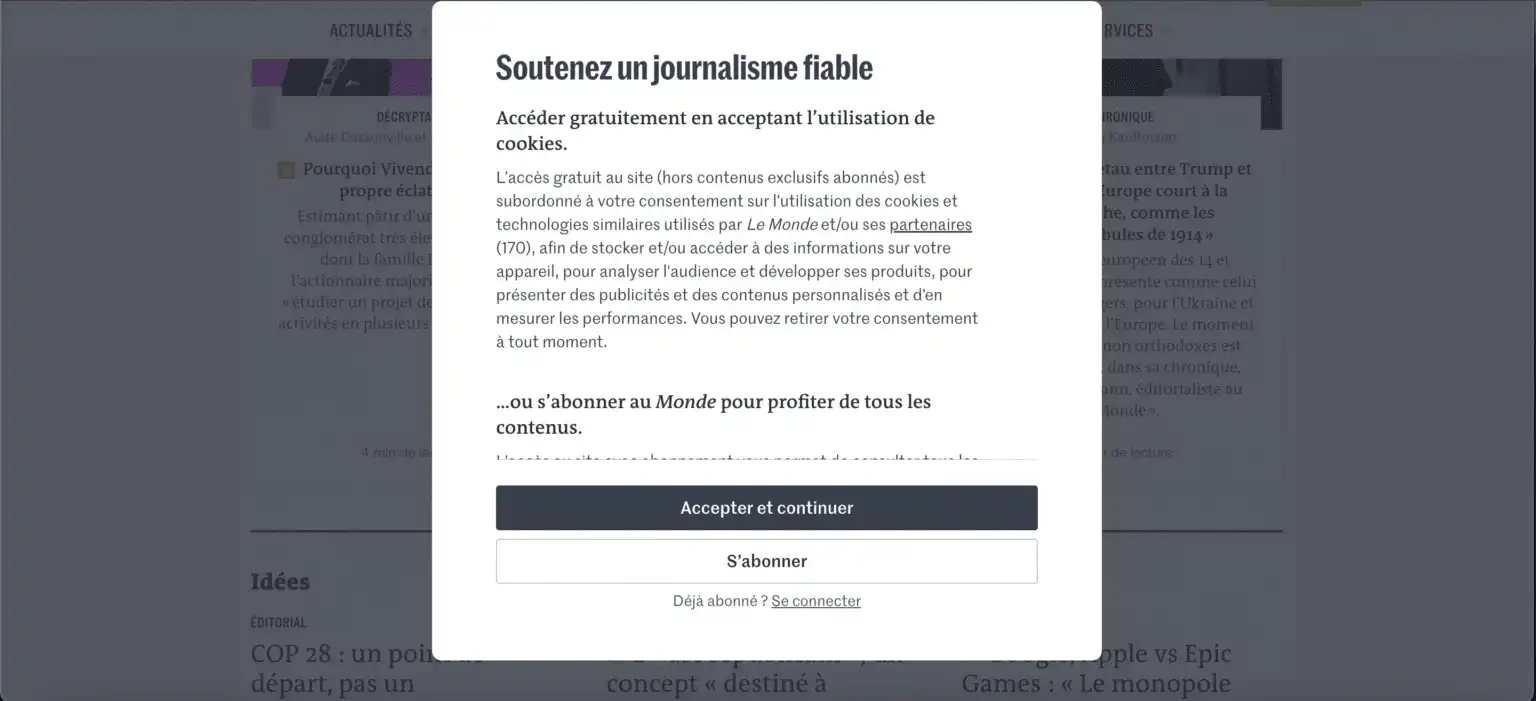
Most websites treat user consent as a one-time deal. Once users give their consent, websites often don’t ask for it again, even if they change how they handle personal data. This isn't the best approach.
Here's what you should do:
Let Users Change Consent Anytime: Make it easy for users to update their consent whenever they want. Ensure that the option to revisit and modify consent is clearly visible and accessible on your website.Ask for Consent When Policies Change: If you change how, you handle user data, you must ask for consent again. Keeping users informed and getting their approval for new practices is crucial.
Regularly Renew Consent: It’s good practice to ask for user consent at least every six months. This ensures that users are always aware of and agree with how their data is being used.
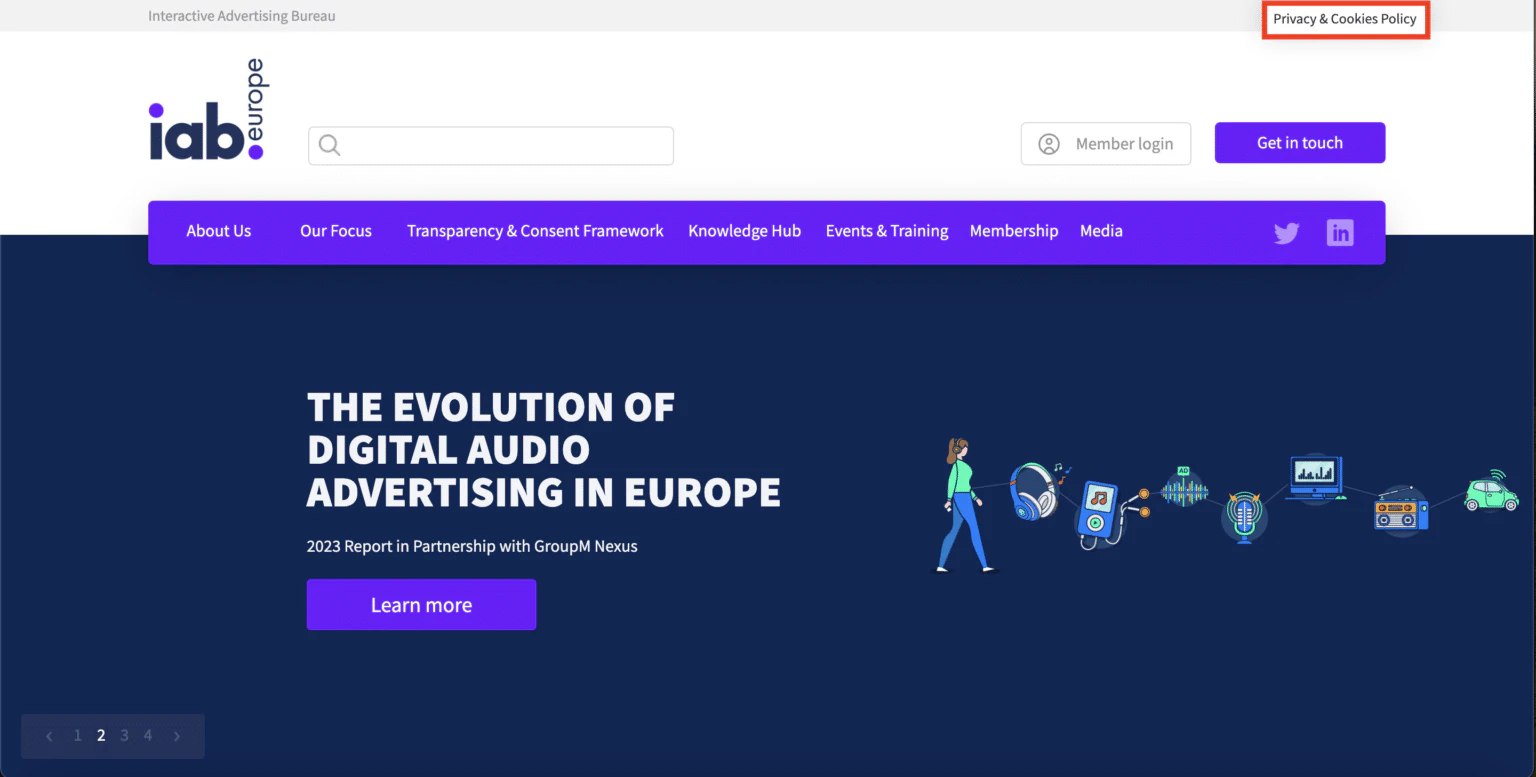
When creating a cookie banner for your website, it's essential to make sure it's responsive. Users access websites from various devices, including desktops, tablets, and smartphones. Therefore, your cookie banner should adjust seamlessly to different screen sizes. Before making the banner live, thoroughly test it on your website to ensure it displays correctly across all devices. Also, optimize the banner's loading speed to ensure it appears promptly before users engage with your site. This improves user experience and helps comply with cookie consent requirements.
It's crucial to make sure that all users, including those with disabilities, can access and interact with your cookie banner. This ensures they can understand, navigate, and interact with the information provided
For users with visual impairments who use screen readers, provide proper alternative text for any images on your cookie banner. Adhere to accessibility guidelines during the design process and test the banner with popular screen readers to ensure compatibility and accurate information delivery.
Additionally, consider users with visual impairments that affect their ability to perceive color contrasts. Use color combinations that meet accessibility standards and offer options for users to adjust text size or color settings if needed. This ensures a more inclusive and accessible user experience.
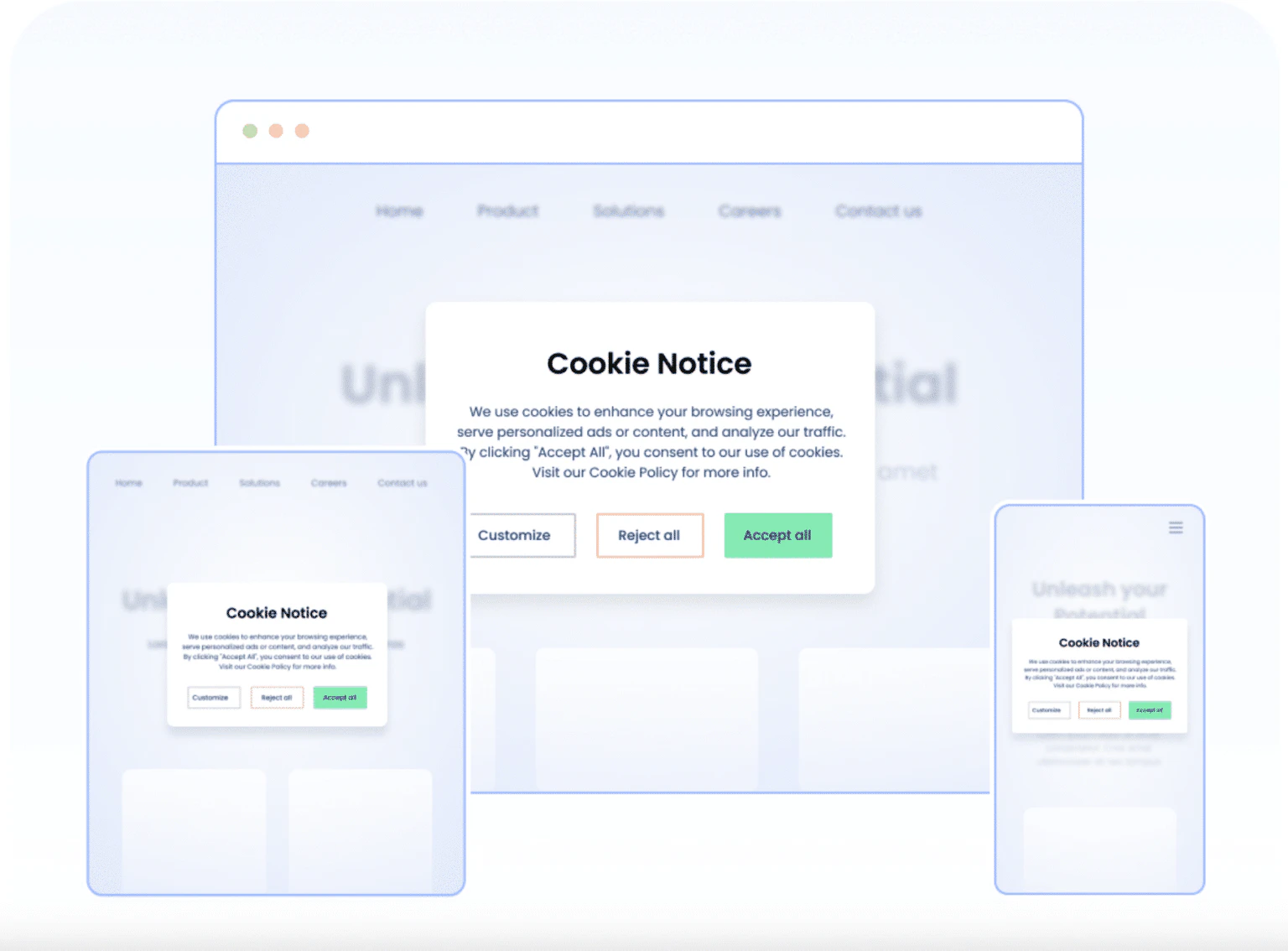
Why a Well-Designed Cookie Consent Banner Matters
Before we get into the specifics of a cookie consent banner, let’s explore why a cookie consent is required for a website.
What are the Best Cookie Consent Banner Practices?
Websites must provide cookie consent banners to adhere to privacy regulations and ensure transparency in data collection practices. Following are some guidelines for creating and using cookie banners:
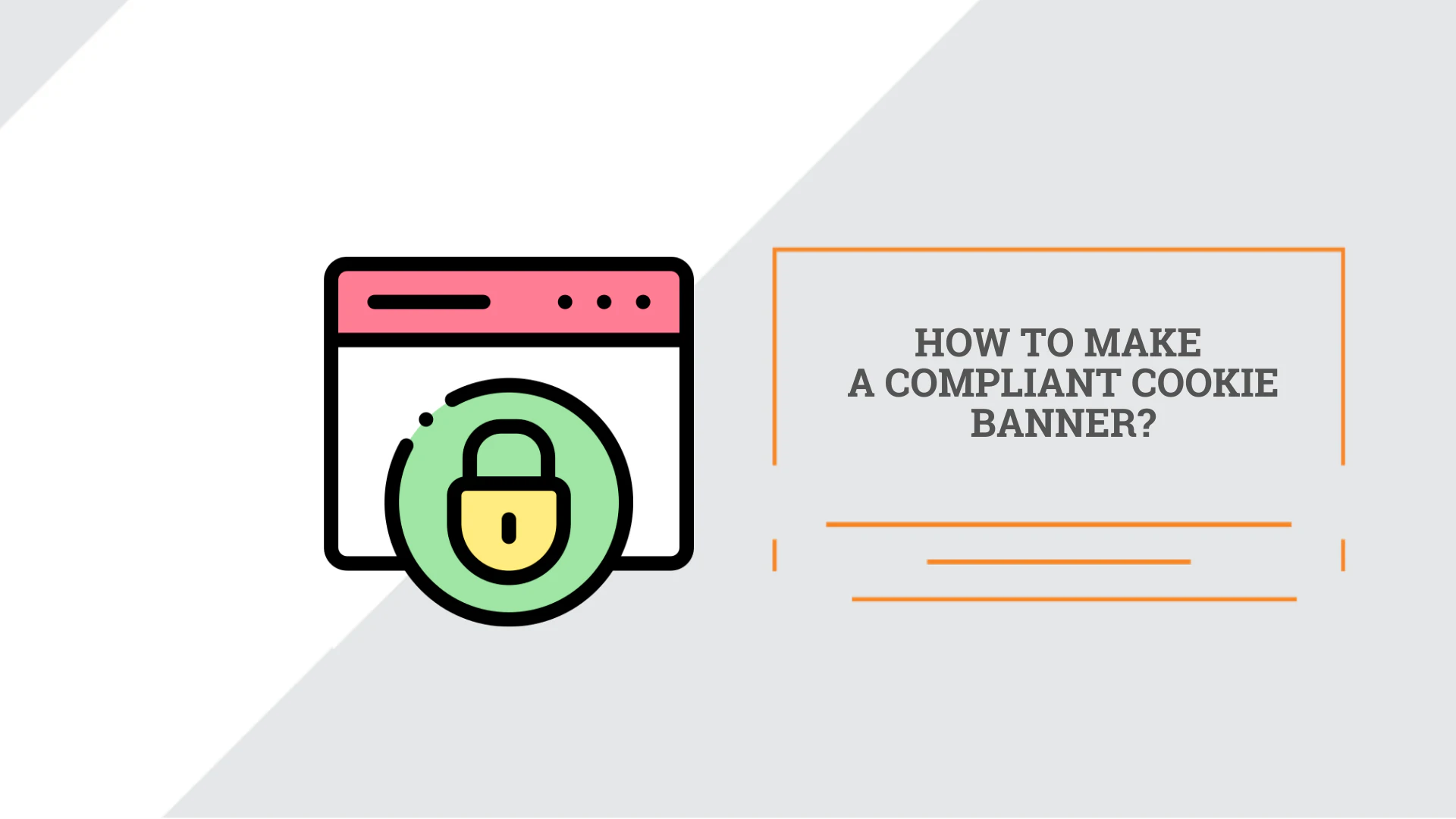
Customizing Your Cookie Consent Banner
Your cookie consent banner should blend seamlessly with your website’s design while effectively communicating its purpose to users.
Cookie Consent offers different banner styles, including bars, popups, and boxes. Consider your website’s layout and choose a style that complements it. Incorporate your logo into the banner to reinforce your brand identity. This small touch can make a big difference in how users perceive your site.
Maintaining visual consistency is critical to a professional look. Use customization to match the banner’s colors and fonts with your website’s branding. This not only makes the banner look more cohesive but also ensures it doesn’t disrupt the user experience.
Your banner should include a clear link to your full cookie policy. Write clear and concise text that explains your cookie policy. Avoid jargon and make sure the message is easy to understand.
The positioning and visibility of your cookie consent banner can dramatically impact user experience and compliance. Position the banner where it is visible but not intrusive position. Corners and the top or bottom of the page are popular options. Ensure it doesn’t cover some essential content or information.

Getting Started with Blue IT Systems
A well-designed cookie consent banner can significantly improve the user experience. By customizing the banner, you can make it less intrusive while still providing necessary information. Customized cookie consent banners ensure that you comply with legal requirements, avoiding potential fines and legal issues. By using Blue IT Systems Services, you can stay up to date with the latest regulations and implement necessary changes seamlessly.
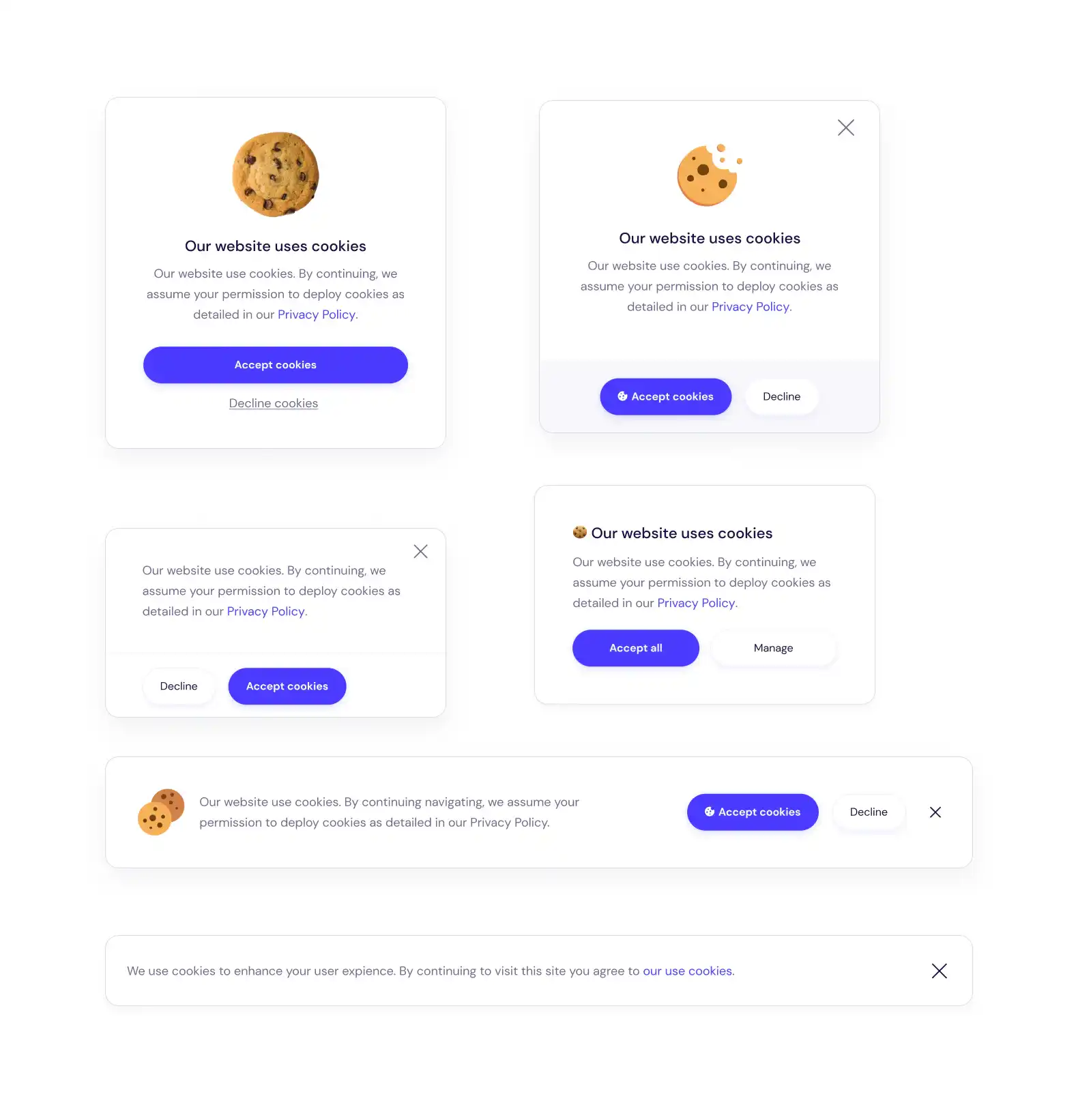
Previewing and thoroughly testing your banner before making it live is crucial.
Visit your website as if you were a user and see how the banner appears. Ensure that it doesn’t interfere with navigation or readability.
Test your banner on different devices and browsers to ensure it looks and functions correctly everywhere.
Conclusion
Designing a nice cookie consent banner involves more than obeying the law; it also involves earning the confidence of your website’s users. Creating cookie banners becomes easy with Blue IT Systems, as we ensure your banner looks great, works smoothly, and helps you follow legal requirements. Enhancing cookie consent experiences is not just about compliance; it’s about respecting user privacy and building trust. Blue IT Systems provides solutions that meet these goals, ensuring a better online experience for all.
Customizing your cookie consent banner is a vital step in protecting user privacy and maintaining compliance with global regulations. Blue IT Systems offers an array of features and benefits to ensure your banner not only meets regulatory standards but also enhances user trust and experience. By following the outlined steps and leveraging Blue IT Systems' capabilities, you can create a customized, compliant, and user-friendly cookie consent banner.
Reference Links:
https://secureprivacy.ai/blog/cookie-banner-ui-ux-best-practiceshttps://www.webtoffee.com/best-ui-ux-practices-for-cookie-banners/
https://iabeurope.eu/
https://www.webtoffee.com/gdpr-cookie-consent-banner-examples/

